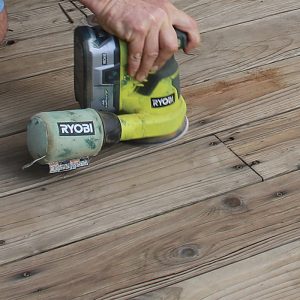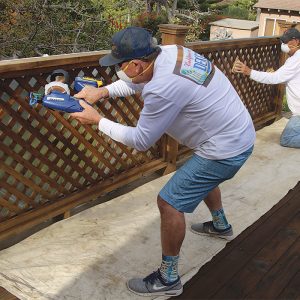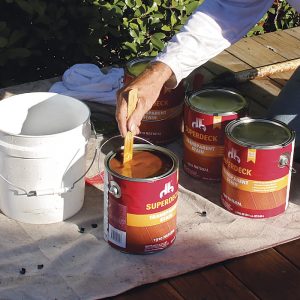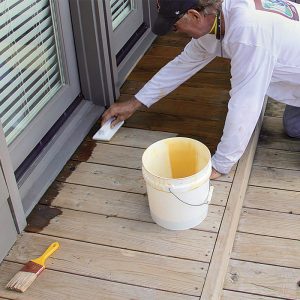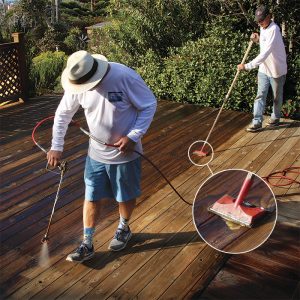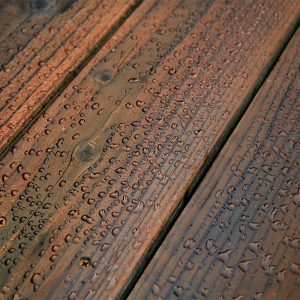How to Rescue an Old Cedar Deck
A thorough cleaning and a quick refinish give new life to a weather-beaten deck. Get tips for doing the job right from a professional refinisher.

Synopsis: A deck refinisher gives step-by-step instructions for properly refinishing a deck, beginning by cleaning the deck with specific products and tools, and then sanding and refinishing with the right equipment to keep the new finish looking great.
Although I started out as a carpenter, I’ve found that restoring decks is a really good niche in San Diego. In our beautiful climate, decks are an extension of the home, adding square footage and creating natural gathering spaces, perfect for entertaining and taking in Pacific views. Because they use them so often, people want their decks to look good, but sun and everything from pool chemicals to potted plants take their toll on a deck’s surface and framing. Although these things can affect the longevity of a deck, regular maintenance helps keep the problems in check. In Southern California, well-constructed and well-maintained decks can last 20 or 30 years. Neglected ones can rot away in as few as five. It’s my job to make decks look good and last.
When I start talking to prospective clients about a deck restoration, the first question I get is often, “What coating is best?” I like penetrating oil finishes because they protect the wood below the surface and they’re easier to apply than film finishes—but the coating is only part of the equation. If you don’t remove the old finish and restore the lumber, the new coating will look bad and won’t last. In our sunny climate, most softwood decks will need to be cleaned and recoated every 20 to 26 months. Hardwood decks require even more attention because the coating doesn’t penetrate the dense wood as well. These need a clean and recoat every 12 to 14 months. Of course, it’s hard to say exactly how long a deck coating will last. Decks around pools and BBQs and those in full sun will require more frequent maintenance. Roof-covered decks last the longest. You can tell a deck is ready to be refinished when the color or finish is faded or dusty, or water soaks into the boards rather than beading on the surface.
Absent or leaking gutters and incorrectly adjusted sprinklers accelerate rot, mold, and algae growth. Our climate is a gardener’s dream, but potted plants on decks are a problem, because the deck boards and framing underneath are constantly wet from watering. I tell my clients to keep their plants on stands so the deck stays dry (see Built-in Cedar Plant Stand).
Give it a good clean…
Successfully refinishing a deck starts with washing away dirt, mold, and algae. Aggressive pressure-washing can damage deck boards, so use deck-specific cleaning products and stiff-bristle scrub brushes to get the job done.
 |
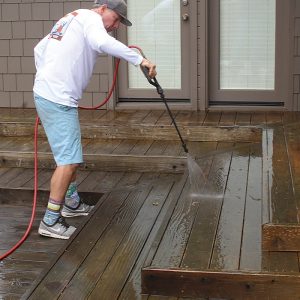 |
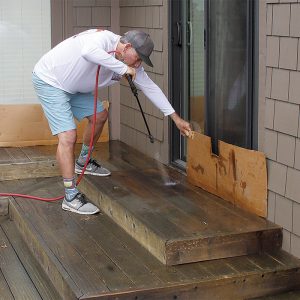 |
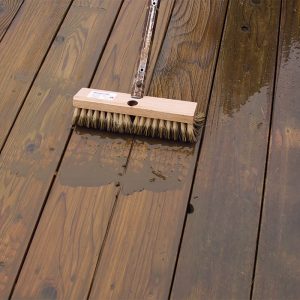 |
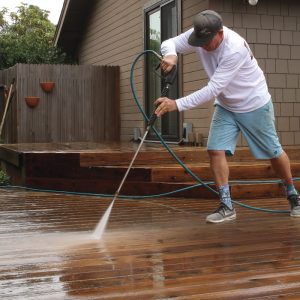 |
…And Then a Fresh Finish
Unlike film finishes, oil-based penetrating finishes won’t peel as they age. When it’s time for a recoat, the prep is faster and easier too, because you don’t have to fully strip the old finish—the surface just has to be clean and free of mold.
Photos by Patrick McCombe.
Also see:
- A Better Sprayer for Cleaning Decks and Applying Wood Finishes
- Built-in Cedar Plant Stand
- The Care and Feeding of Wooden Decks
To view the entire article, please click the View PDF button below.
Fine Homebuilding Recommended Products
Fine Homebuilding receives a commission for items purchased through links on this site, including Amazon Associates and other affiliate advertising programs.

Metal Connector Nailer

Standard Marking Chalk
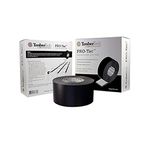
Flashing and Joist Tape

